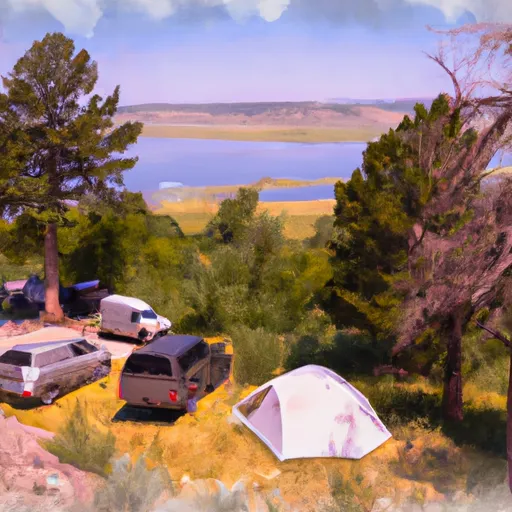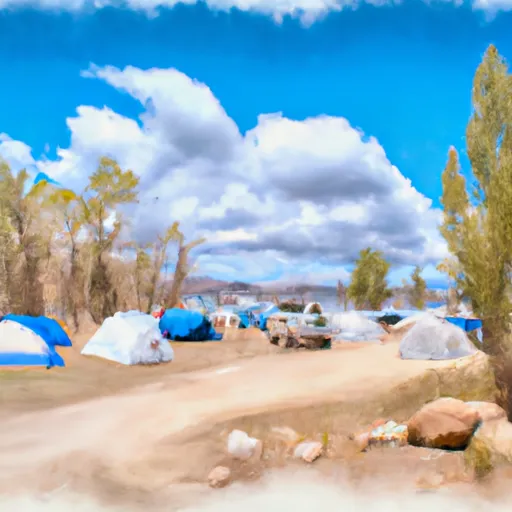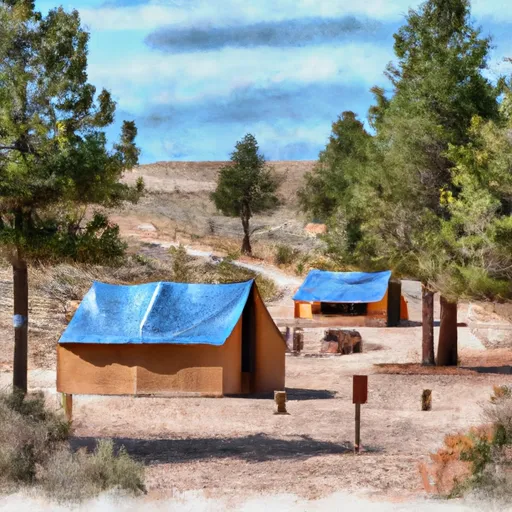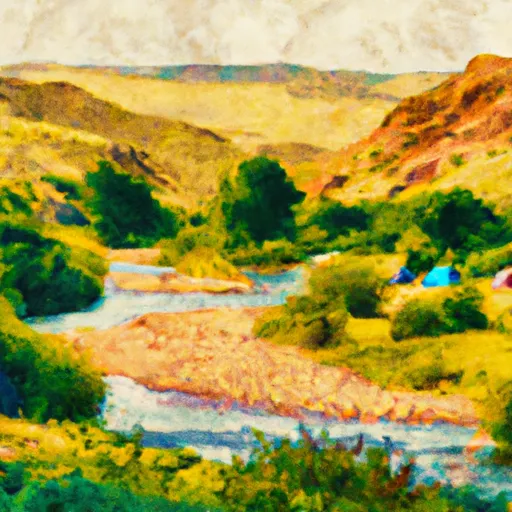Summary
The climate in Afton is typically cold and snowy in the winter, with average temperatures in the mid-20s (Fahrenheit), and mild and dry during the summer, with average temperatures in the mid-70s. The town is situated near the Salt River, which provides a source of water for irrigation and recreation. The river is renowned for its fishing opportunities, with cutthroat, rainbow, and brown trout being common catches. The surrounding area also offers a variety of outdoor recreation opportunities, including hiking, camping, skiing, snowmobiling, and hunting in the nearby Bridger-Teton National Forest.
Weather Forecast
Afton receives approximately 501mm of rain per year, with humidity levels near 68% and air temperatures averaging around 4°C. Afton has a plant hardyness factor of 4, meaning plants and agriculture in this region thrive during a short period during spring and early summer. Most plants will die off during the colder winter months.
Area Campgrounds
| Location | Reservations | Toilets |
|---|---|---|
 Cottonwood Lake Group Campground
Cottonwood Lake Group Campground
|
||
 Cottonwood Lake Campground
Cottonwood Lake Campground
|
||
 Stump Creek Guard Station
Stump Creek Guard Station
|
||
 Salt river - free camping
Salt river - free camping
|
